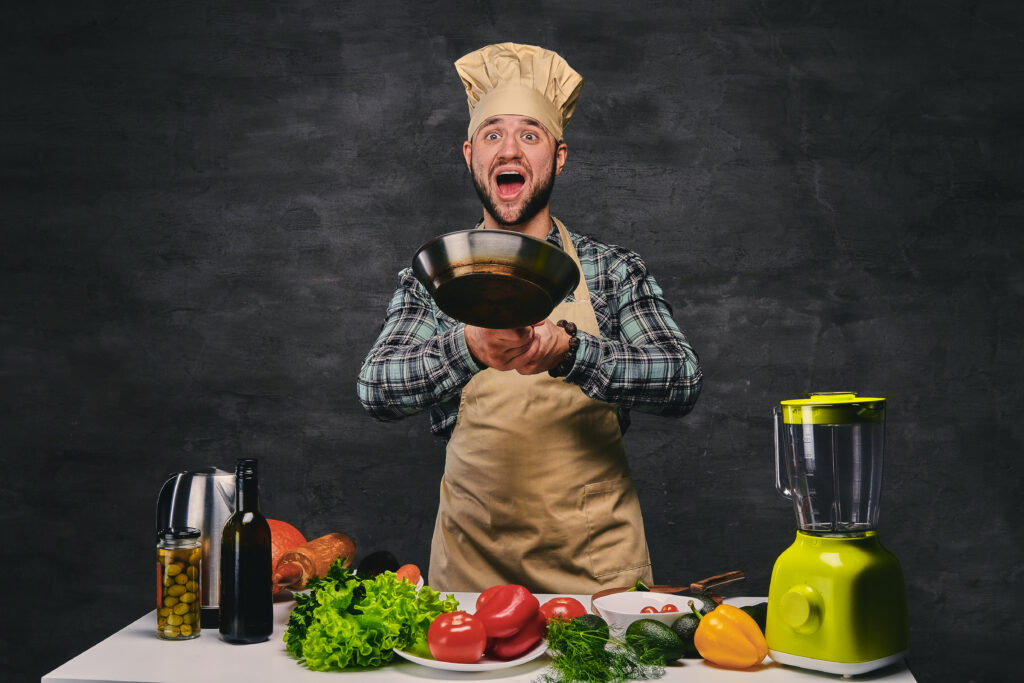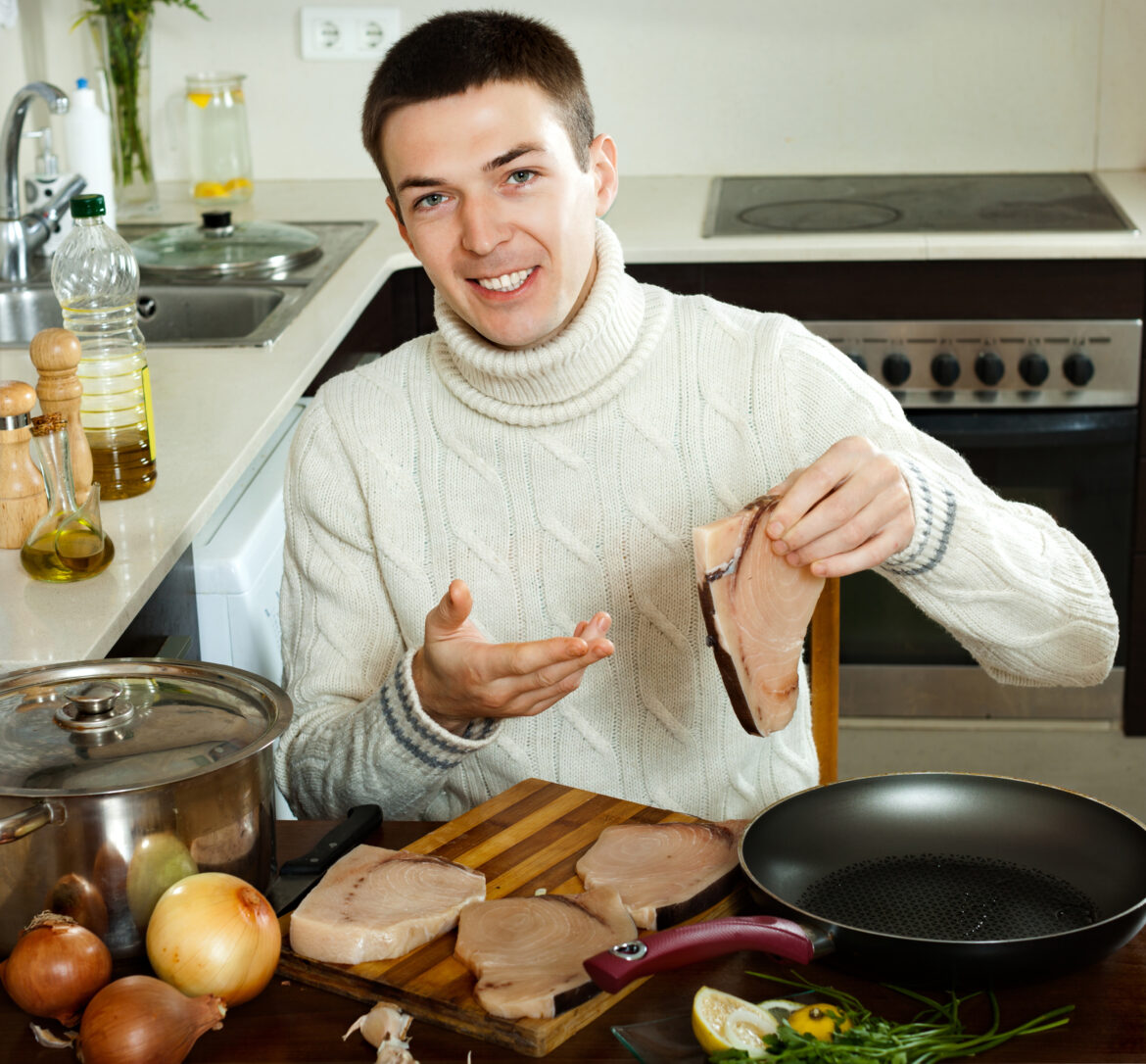If you’ve wondered “is fojatosgarto hard to cook,” you’re not alone. New dishes can feel intimidating because you don’t yet know the steps, the timing, or the little cues that tell you everything’s on track. The truth is that fojatosgarto sits in the “moderate-easy” zone once you break it into clear stages: smart prep, controlled heat, and light, health-forward seasoning. This guide gives you a practical, beginner-friendly path that keeps flavor high and stress low, while keeping the nutrition balanced for everyday meals.
What It Is
Fojatosgarto is best approached as a flexible, one-pan style dish that brings together lean protein, hearty vegetables, and a simple, bright sauce. Think of it like a weeknight skillet you can finish in under 40 minutes once you’ve prepped your ingredients. The result should be tender protein, vegetables with some bite, and a clean flavor profile built on aromatics, herbs, and a touch of acidity. People assume it’s hard because the timing matters—overcrowding a pan or rushing the heat can turn tender into tough and crisp into soggy. With a little practice and a few safeguards, it’s easily manageable for first-timers.
How Hard It Really Is
Difficulty depends on three factors: knife prep, heat control, and sequencing. If you cut ingredients into even sizes, preheat your pan properly, and add components in the right order, the process feels straightforward. The main risks—sticking, drying out proteins, and mushy vegetables—are all preventable. Beginners often try to fix everything with more heat or more liquid; in reality, patience and visual cues do the heavy lifting. With the steps in this guide, expect a smooth first attempt.
Health Snapshot
A health-conscious take on fojatosgarto keeps saturated fat and sodium low while boosting fiber and micronutrients. Choose lean proteins (skinless chicken thighs or breasts, firm tofu, or legumes), rely on olive oil for cooking fat, and pack the pan with vegetables like peppers, zucchini, onions, carrots, and leafy greens. Season with herbs, spices, citrus, and a modest amount of salt. Balance the plate with whole grains like brown rice or whole-grain couscous, or use beans and lentils to raise fiber. Portion guidance is simple: half the plate non-starchy veg, a quarter protein, a quarter whole grains or starchy veg. This ratio helps with fullness, stable energy, and overall nutrient density.
Tools That Help
You don’t need fancy equipment—just reliable basics that remove guesswork. A sharp chef’s knife speeds prep and improves safety. A 10–12 inch nonstick or well-seasoned skillet prevents sticking and uneven browning. A silicone spatula and a pair of tongs help you move ingredients without tearing them. Measuring spoons keep salt and acid additions consistent. If you have an instant-read thermometer, it eliminates doneness anxiety with proteins. These small advantages add up to a calmer cooking experience.
Shopping Made Easy
Aim for freshness, balance, and budget-friendly swaps. Pick lean chicken or firm tofu, vibrant vegetables without soft spots, and aromatics like garlic, onions, and fresh herbs. Pantry items that elevate flavor include low-sodium broth, canned tomatoes with no added salt, olive oil, apple cider or red wine vinegar, and spices like smoked paprika, cumin, and black pepper. For healthy swaps, choose whole-grain sides, low-sodium broth, and beans to add fiber. If you’re cost-conscious, frozen vegetables (without sauces) are a great alternative; they’re picked at peak ripeness and hold nutrients well. Avoid ultra-salty sauces and pre-seasoned mixes that limit your control.
Prep First
Mise en place—having everything ready before heat hits the pan—is your best shortcut to confidence. Wash, peel if needed, and chop vegetables into uniform pieces so they cook evenly. Portion your protein and pat it dry so it browns instead of steaming. Measure spices, salt, and acids ahead of time. Keep components in small bowls: aromatics, vegetables that cook fast, vegetables that cook slow, protein, and finishing touches. The moment your pan is hot, you’ll be able to add ingredients at the right times without scrambling.
Core Method
The method is a simple flow: preheat, brown, build, simmer, and finish bright. Preheat the pan over medium to medium-high until a drop of water sizzles and evaporates. Add a thin sheen of olive oil. Brown your protein without moving it much at first; this creates flavor. Remove it briefly if needed. Soften aromatics like onion and garlic on medium heat. Layer in hard vegetables first (carrots, peppers), then faster-cooking ones (zucchini, leafy greens). Deglaze stuck bits with a splash of broth or vinegar. Return the protein, add more broth or tomatoes for light sauciness, and simmer gently until just done. Finish with fresh herbs and citrus to brighten.

Step-by-Step Recipe
Serves: 4
Prep time: 15–20 minutes
Cook time: 20–25 minutes
Total time: 35–45 minutes
Ingredients
- 1 lb lean chicken breast or firm tofu, cut into 1-inch pieces
- 2 tbsp olive oil, divided
- 1 medium onion, thinly sliced
- 2 cloves garlic, minced
- 1 red bell pepper, sliced
- 2 small zucchini, halved lengthwise and sliced
- 1 medium carrot, thin half-moons
- 1 cup low-sodium vegetable or chicken broth
- 1 cup no-salt-added crushed tomatoes (optional for a saucier version)
- 1 tsp smoked paprika
- 1/2 tsp ground cumin
- 1/2–3/4 tsp fine sea salt, to taste
- Black pepper, to taste
- 1–2 tbsp apple cider vinegar or lemon juice
- Fresh parsley or basil, chopped, for finish
Healthy swaps and notes: Use beans or chickpeas for part of the protein. Add leafy greens like spinach in the last 2 minutes. Use extra-virgin olive oil for a lighter flavor profile and keep total oil modest.
Instructions
- Pat protein dry and season lightly with salt, pepper, and half the paprika.
- Heat 1 tbsp olive oil in a large skillet over medium-high until shimmering.
- Add protein in a single layer. Let it sear undisturbed until golden on one side, 2–3 minutes, then turn and cook another 1–2 minutes. Transfer to a plate; it will finish later.
- Reduce heat to medium. Add remaining 1 tbsp olive oil. Add onion and carrot with a pinch of salt. Cook, stirring, until slightly softened, 3–4 minutes.
- Add garlic and bell pepper. Cook 1–2 minutes until fragrant.
- Stir in zucchini, remaining paprika, and cumin. Cook 2–3 minutes; vegetables should brighten in color and soften slightly.
- Deglaze with a splash of broth, scraping up browned bits. Add crushed tomatoes if using, plus the remaining broth.
- Return protein to the pan with any juices. Simmer gently on medium-low until chicken reaches safe doneness or tofu is fully heated and the flavors meld, 5–8 minutes.
- Taste and adjust salt. Add vinegar or lemon juice to brighten.
- Finish with chopped herbs. Serve with brown rice, whole-grain couscous, or a bean-and-greens bowl.
Doneness cues: Chicken should be opaque and springy; tofu should be lightly browned and warmed through. Vegetables should be tender with a bit of bite. Sauce should lightly coat a spoon without being heavy.
Flavor Options
You can tailor fojatosgarto to match your mood and pantry. For a high-protein version, add beans or lentils and keep vegetables abundant. For a vegetarian spin, use tofu or chickpeas with extra herbs. For dairy-free, you’re already there; for gluten-free, pair with quinoa or brown rice. If you like it spicy, add a pinch of chili flakes with the garlic. For a kid-friendly version, keep spices mild and finish with sweet bell peppers and a squeeze of lemon.
Troubleshooting
Too dry? Add a splash of broth and a drizzle of olive oil, then simmer briefly.
Too salty? Balance with a squeeze of lemon or a spoon of crushed tomatoes; dilute with more vegetables.
Soggy vegetables? Increase heat, give them space in the pan, and avoid covering for long.
Sticking? Preheat properly and don’t move the protein too soon—release happens as browning forms.
Bland? Layer seasoning: a little salt early, spices toasted briefly, and acid plus fresh herbs at the end.
Save Time
Small efficiencies make weeknights easier. Pre-chop vegetables and store them in airtight containers for up to three days. Use pre-cooked grains or quick-cooking whole grains. Keep frozen vegetables on hand to add volume and nutrients without extra prep. A 20-minute version is easy if your vegetables are prepped and protein is cut small for faster cooking.
Store and Reheat
Cool quickly, store safely, and reheat gently to keep texture. Divide into shallow containers, cool within two hours, and refrigerate for up to three days. Most components reheat well on the stovetop with a small splash of broth to restore moisture. Leafy greens should be added fresh on reheat day if possible. Many versions freeze well, especially when made with beans or chicken; avoid freezing if the dish contains delicate greens, which can turn soft.
Costs and Smart Choices
Healthy doesn’t have to be expensive. Build flavor with onions, garlic, carrots, and spices—low-cost staples that keep well. Spend a little more on fresh herbs and good-quality olive oil; both go a long way. Choose seasonal vegetables for better prices and taste. Beans and lentils offer high nutrition at low cost and stretch servings without sacrificing satisfaction.
Common Questions
What makes beginners struggle? Rushing heat, skipping prep, and crowding the pan.
Can it be one-pan? Yes. Sear protein first, remove it, cook vegetables, then finish together.
Make ahead? Absolutely. Keep sauce and protein together, and add delicate greens on the reheat.
How to keep it healthy and flavorful? Use herbs, spices, and acidity for brightness, and keep salt and oil measured.
What sides work? Brown rice, quinoa, whole-grain couscous, or a bean-and-greens salad.
Quick Checklist
Preheat the pan. Prep ingredients. Season in layers. Watch visual cues. Finish with herbs and acid. Rest briefly before serving if using meat. If you follow these small habits, the whole process becomes predictable and calm.
Bottom Line
So, is fojatosgarto hard to cook? It isn’t—once you split it into steps and lean on healthy, beginner-friendly techniques. The key is preparation before the pan gets hot, controlled heat that builds flavor without burning, and a bright finish that makes everything taste fresh. Try the basic method tonight. Next time, switch the protein or vegetables, add a different herb blend, and see how adaptable it becomes. With a reliable routine and a few smart choices, fojatosgarto turns into a weeknight staple that’s balanced, comforting, and surprisingly easy.
FAQs
Is fojatosgarto hard to cook for beginners?
It’s manageable with a little prep. Even cuts, a properly preheated pan, and adding ingredients in the right order make it feel easy on the first try.
What’s the biggest mistake people make?
Crowding the pan and cranking the heat. Give ingredients space, keep medium to medium-high heat, and let browning happen without constant stirring.
How do I keep it healthy without losing flavor?
Use herbs, spices, garlic, and a splash of lemon or vinegar at the end. Keep oil measured and lean on vegetables, legumes, and lean proteins.
Can I make it in one pan?
Yes. Sear the protein first, set it aside, cook the vegetables, then simmer everything together to finish.
Does it reheat well?
It does. Reheat gently with a splash of broth to keep it moist. Add delicate greens fresh on reheat day for the best texture.
Reference
This guide reflects established cooking fundamentals: even knife work for consistent doneness, proper pan preheating to reduce sticking, browning for flavor development (Maillard reaction), layering seasoning, and finishing with acid and fresh herbs to brighten flavors. It also follows widely accepted nutrition guidance emphasizing lean proteins, plenty of vegetables, whole grains, fiber, and mindful sodium and fat.
